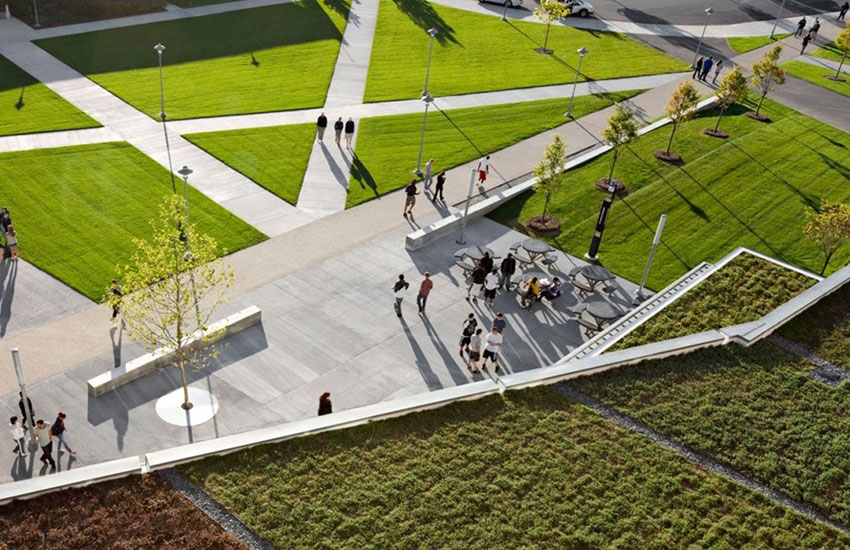- architectshimalayan@gmail.com
- Palampur Road Tashi Jong (Paprola)Near Mount Pearl Supermarket District Kangra H.P. 176081
Landscape Architecture
Landscape Architecture

Landscape architecture is a multifaceted and interdisciplinary field that combines art, design, and environmental science to create outdoor spaces that are not only aesthetically pleasing but also functional, sustainable, and ecologically sound. Landscape architects work on a diverse range of projects, including parks, urban plazas, gardens, campuses, and even large-scale environmental restoration initiatives. Their work aims to enhance the quality of the outdoor environment while considering the ecological, cultural, and social aspects of the landscape.
Key Aspects of Landscape Architecture:
Site Analysis: Landscape architects conduct thorough site analysis to understand the existing conditions of the landscape. This includes studying the topography, soil composition, vegetation, climate, and any cultural or historical significance of the site.
Design Development: The design phase involves conceptualizing and creating plans for the landscape. Landscape architects consider factors such as spatial organization, circulation, vegetation, water features, and hardscape elements to achieve a cohesive and balanced design.
Ecological Considerations: Sustainability is a core principle in landscape architecture. Professionals in this field strive to create designs that are ecologically sensitive and promote biodiversity. This may involve selecting native plants, implementing water conservation strategies, and incorporating sustainable materials.
Hardscape Design: Landscape architects design the non-vegetative elements of outdoor spaces, known as hardscapes. This includes features such as pathways, patios, walls, and other structures that contribute to the overall functionality and aesthetics of the landscape.
Water Management: Water features, including ponds, fountains, and sustainable stormwater management systems, are often integral parts of landscape architecture projects. Proper water management is essential for both aesthetic appeal and environmental sustainability.
Urban Planning: Landscape architects contribute to the planning and design of urban spaces, addressing issues related to urban sprawl, green infrastructure, and the creation of livable, walkable communities. They often collaborate with urban planners and architects to shape the outdoor environment of cities.
Community Engagement: Successful landscape architecture projects involve engaging with the community to understand their needs and preferences. Public participation helps ensure that the designed spaces meet the expectations and requirements of the people who will use them.
Project Management: Landscape architects are involved in various stages of project management, from the initial conceptualization to overseeing the implementation of the design. This includes coordinating with contractors, managing budgets, and ensuring that the design vision is realized.
Technology Integration:
Landscape architects leverage technology such as Computer-Aided Design (CAD), Geographic Information Systems (GIS), and 3D modeling software to visualize and communicate design concepts. These tools enhance precision and efficiency in the design process.
Cultural and Artistic Expression:
Landscape architecture often involves cultural and artistic expression. Design elements may be inspired by cultural traditions, historical contexts, or contemporary art, contributing to the unique identity of a space.
In conclusion, landscape architecture is a dynamic and influential profession that shapes the outdoor spaces we inhabit. Whether creating serene gardens, revitalizing urban parks, or contributing to large-scale environmental initiatives, landscape architects play a crucial role in enhancing the beauty, functionality, and sustainability of the natural and built environment.
